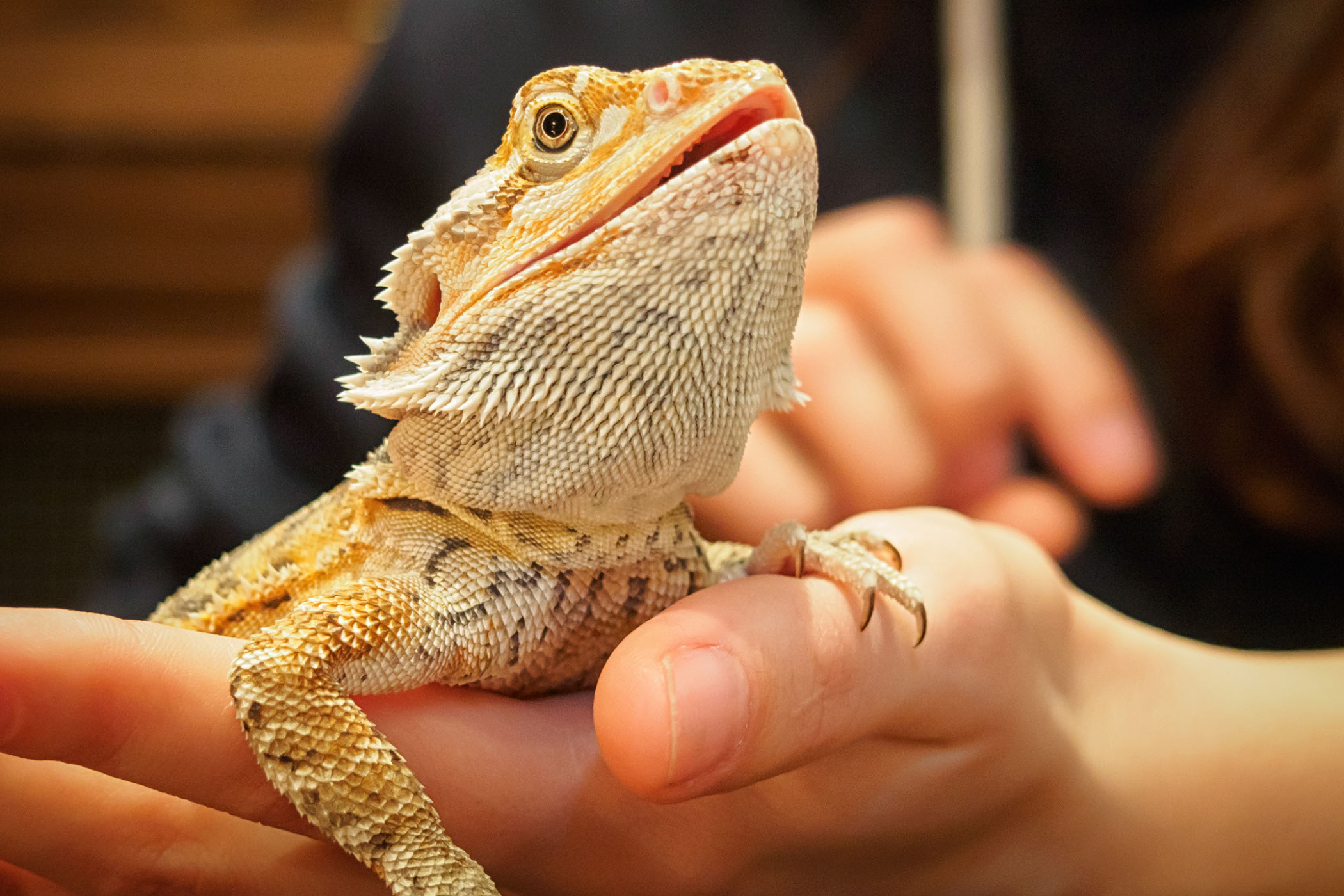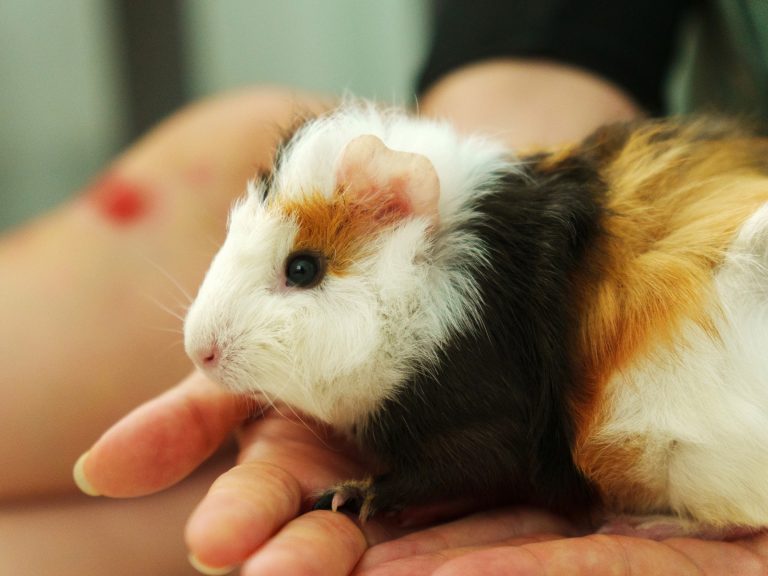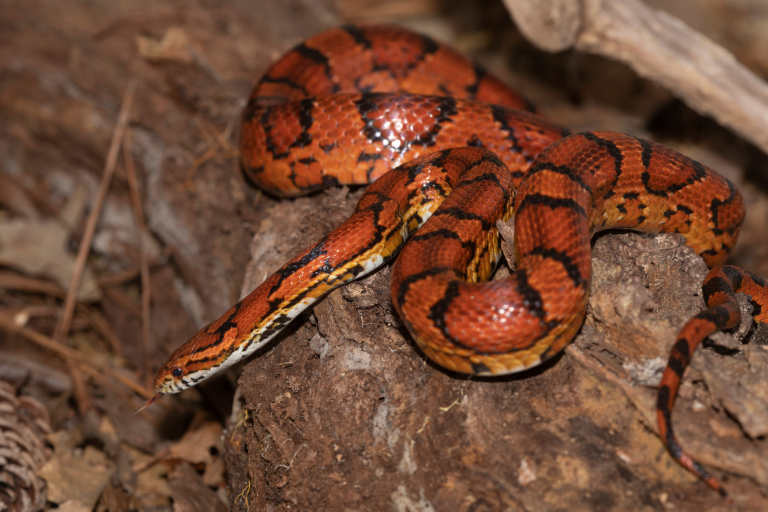A Guide to Caring for Bearded Dragons
Your Ultimate Reptile Companion
Introduction
Caring for bearded dragons, with their charming personalities and prickly appearance, is important to their well-being. These reptiles have become the number one choice for lizard enthusiasts. Native to Australia, beardies, as they are often called, make excellent companions for those willing to provide them with the right care and environment. In this guide, we’ll delve into the essentials of keeping bearded dragons, ensuring their health, happiness and longevity.
Find out about the breeder, before getting your bearded dragon. If you get it at a reptile show, ask around to make sure the breeder has a good reputation. Bearded dragons come in a variety of color morphs.
- Understanding the Basics
Before your bearded dragon purchase, it’s crucial to understand its natural habitat, behavior and specific needs. Beardies love arid, desert-like environments, which means you’ll need to copy in their enclosure. A secure and appropriately sized habitat is essential, typically a glass terrarium or vivarium that’s at least 40 gallons for an adult dragon. It is a myth that lizards only grow as large as their environment. Make sure your dragon has lots of space to stretch its legs.
- Creating the Perfect Habitat
A comfortable and stress-free habitat is the foundation of successful bearded dragon care. Here’s how to set up the perfect environment:
- Substrate: Opt for a safe and digestible substrate, such as reptile carpet, paper or ceramic tiles. Avoid loose substrates like sand, which can lead to impaction if ingested. Crushed walnut bedding is NOT recommended. They cannot digest it and can cause impactions.
- Temperature and Lighting: Bearded dragons, like all reptiles, are ectothermic. They rely on external heat sources to regulate their body temperature. Provide a temperature gradient by setting up a basking spot with a temperature of around 95-105°F and a cooler side of around 75-85°F. Full-spectrum UVB lighting is essential for their calcium metabolism and overall health. Make sure there is no plastic or glass covering the bulb. UVB cannot pass through plastic or glass.
- Hideouts and Decor: Offer a variety of hiding spots in the cool area, basking platforms and branches in the warm area for climbing. A shallow water dish is also necessary for hydration and bathing. Check the water bowl often as they will use it as a toilet.
Paid link.
- Nutritional Needs
Beardies are omnivores, which means their diet consists of both animal protein and plant matter. A balanced diet is essential for their well-being:
- Insects: Crickets, Dubia roaches, mealworms, superworms and/or silkworms are excellent sources of protein. They may also eat pinkie mice as they get larger. The standard size gauge is to feed insects that are smaller than the space between the dragon’s eyes.
- Greens and Vegetables: Leafy greens with a high calcium-to-phosphorus ratio, like collard greens, kale, and mustard greens should make up the majority of their plant-based diet. You can also offer a small amount of other vegetables like bell peppers, squash and shredded carrots.
- Fruits: Limited amounts of fruits such as berries, apples and melons can be provided as occasional treats.
- Handling and Socialization
Bearded dragons have a reputation for being friendly and easily tamed. Regular, gentle handling from a young age helps them become accustomed to human interaction. Always approach them calmly and avoid sudden movements, as they can startle easily. This is especially true when the bearded dragon is young.
- Health and Veterinary Care
Regular health check-ups with a qualified reptile veterinarian are crucial to ensuring your bearded dragon’s well-being. Look out for signs of illness such as lethargy, loss of appetite, difficulty breathing, or changes in behavior. Most of the time reptiles do not show signs of illness until they are very sick. Be observant and look for changes in how your beardie is acting.
Parasite prevention and maintaining proper hygiene in their habitat are essential for keeping them healthy. Bearded dragons are notorious for having pinworms and coccidia parasites. If their poop smells worse than usual or they seem lethargic, take a fecal into the vet’s office.
Conclusion
Caring for a bearded dragon can be a rewarding experience, offering a glimpse into the fascinating world of reptiles. By providing suitable habitat, a balanced diet, proper handling, and regular veterinary care, you can create a comfortable and enriching life for your scaly friend. Remember, responsible ownership and a commitment to meeting their specific needs is key to enjoying a long and fulfilling companionship with your bearded dragon.







